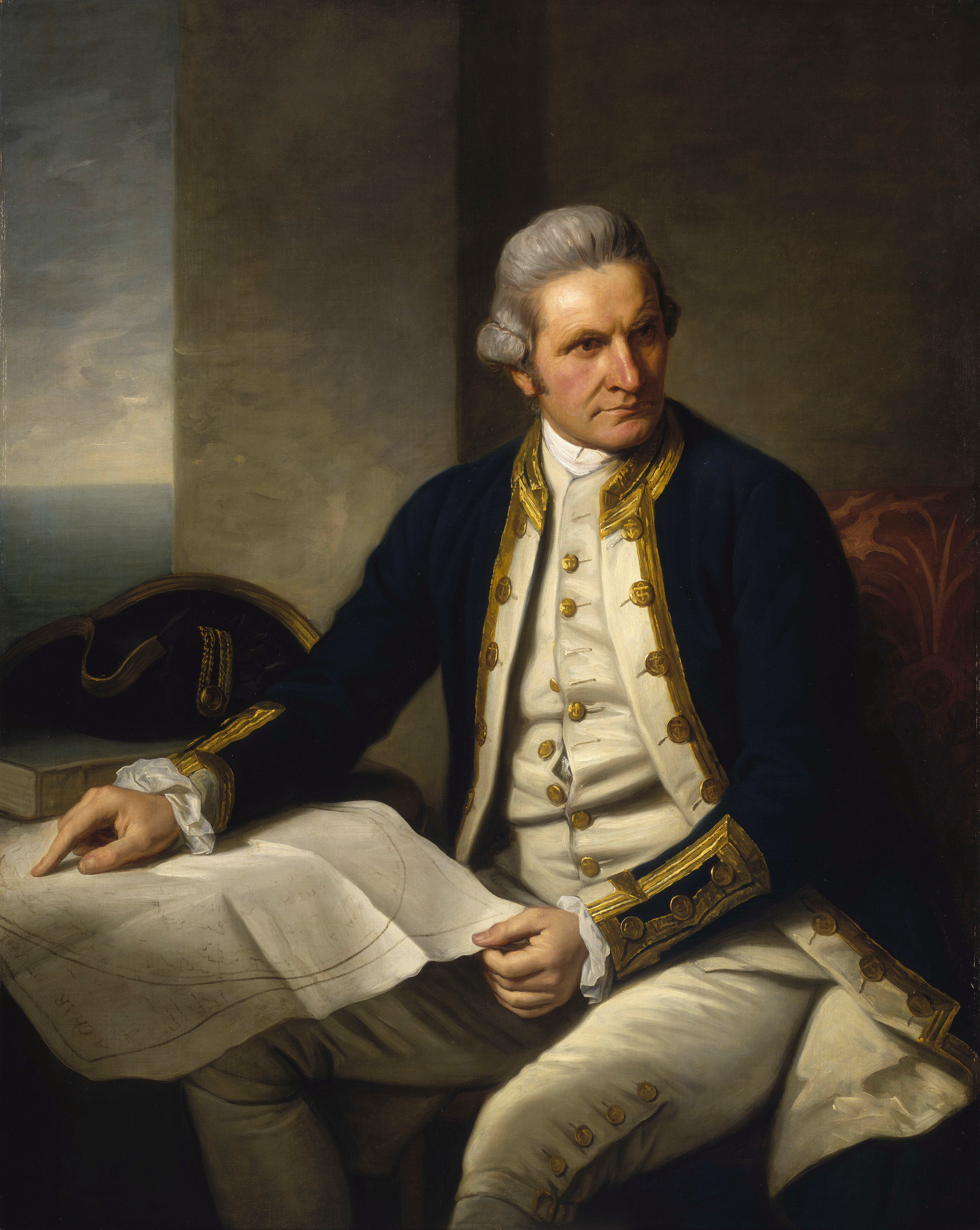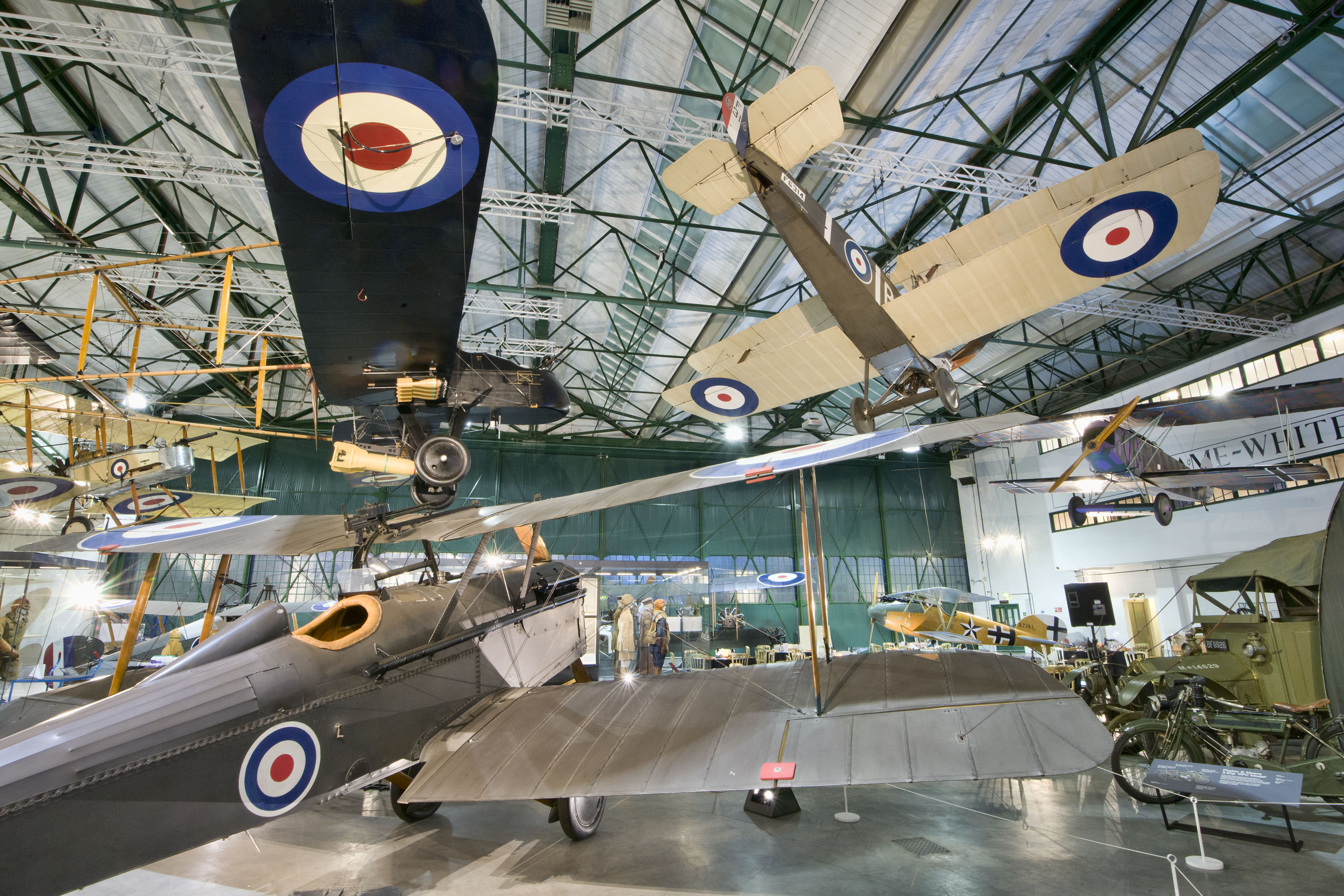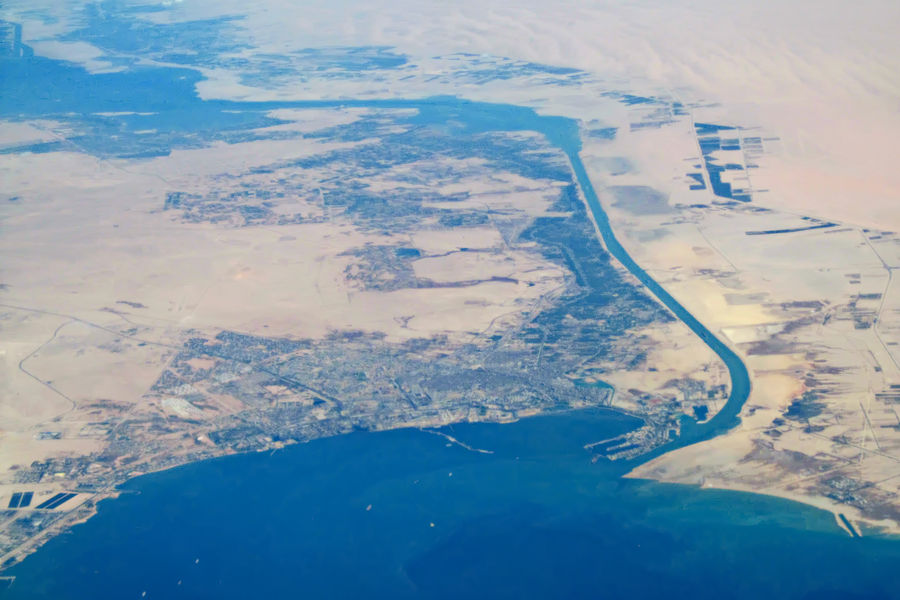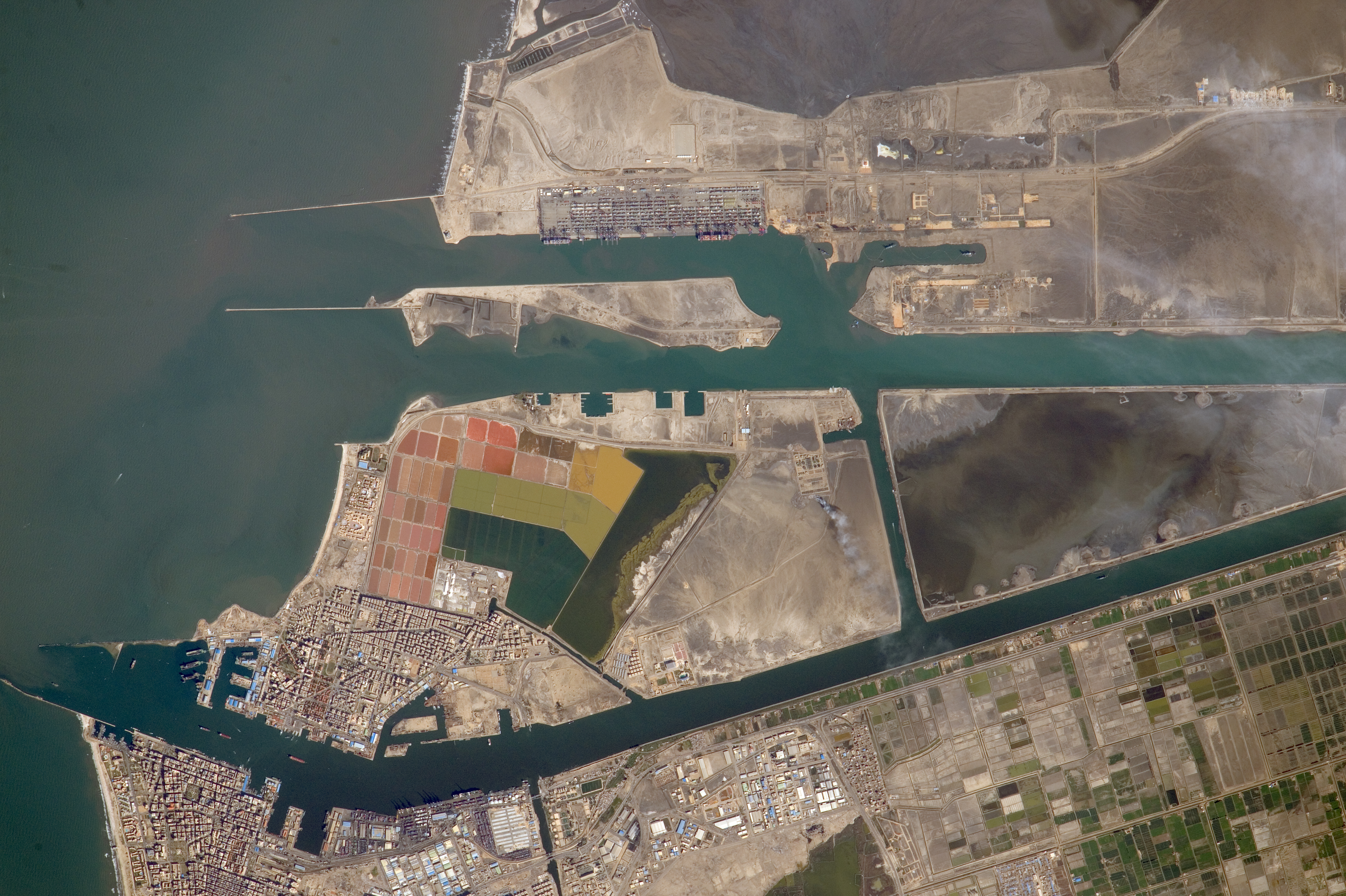|
Pamela Drew
Pamela Drew (11 September 1910 – 11 June 1989) was a British artist known for her paintings of marine and aviation subjects. Although Drew was born in the north of England she spent considerable periods of her career in Ireland. Biography Drew was born in Burnley and was the eldest daughter of John M. Drew, a well-known calico painter. At an early age Pamela Drew took art classes at Christchurch, Dorset, Christchurch in Hampshire before studying at the Grosvenor School of Modern Art in London, where her younger sister Diana Drew also studied. In 1928, Pamela went to Paris to study under Roger Chastel. She exhibited in 1936 with the Royal Institute of Oil Painters. The same year she designed a poster for Royal Dutch Shell, Shell as part of their ''Visit Britain'' campaign. The following year Drew married the fourth Baron Rathdonnell and took up residence at Lisnavagh House at Rathvilly in County Carlow. During the Second World War, Drew served in the Women's Royal Naval Servic ... [...More Info...] [...Related Items...] OR: [Wikipedia] [Google] [Baidu] |
Burnley
Burnley () is a town and the administrative centre of the wider Borough of Burnley in Lancashire, England, with a 2001 population of 73,021. It is north of Manchester and east of Preston, at the confluence of the River Calder and River Brun. The town is located near the countryside to the south and east, with the towns of Padiham and Brierfield to the west and north respectively. It has a reputation as a regional centre of excellence for the manufacturing and aerospace industries. The town began to develop in the early medieval period as a number of farming hamlets surrounded by manor houses and royal forests, and has held a market for more than 700 years. During the Industrial Revolution it became one of Lancashire's most prominent mill towns; at its peak, it was one of the world's largest producers of cotton cloth and a major centre of engineering. Burnley has retained a strong manufacturing sector, and has strong economic links with the cities of Manchester an ... [...More Info...] [...Related Items...] OR: [Wikipedia] [Google] [Baidu] |
National Maritime Museum
The National Maritime Museum (NMM) is a maritime museum in Greenwich, London. It is part of Royal Museums Greenwich, a network of museums in the Maritime Greenwich World Heritage Site. Like other publicly funded national museums in the United Kingdom, it has no general admission charge; there are admission charges for most side-gallery temporary exhibitions, usually supplemented by many loaned works from other museums. Creation and official opening The museum was created by the National Maritime Museum Act 1934 under a Board of Trustees, appointed by HM Treasury. It is based on the generous donations of Sir James Caird (1864–1954). King George VI formally opened the museum on 27 April 1937 when his daughter Princess Elizabeth accompanied him for the journey along the Thames from London. The first director was Sir Geoffrey Callender. Collection Since the earliest times Greenwich has had associations with the sea and navigation. It was a landing place for the Romans, He ... [...More Info...] [...Related Items...] OR: [Wikipedia] [Google] [Baidu] |
Gipsy Moth IV
''Gipsy Moth IV'' is a ketch that Sir Francis Chichester commissioned specifically to sail single-handed around the globe, racing against the times set by the clipper ships of the 19th century. Gipsy Moth IV was the first ever purpose built ocean racer and has over the years become the most famous of small sailing vessels. Gipsy Moth IV’s voyage was the inspiration for the Golden Globe Race (GGR)which continues today. The name, the fourth boat in Chichester’s series, all named ''Gipsy Moth,'' originated from the de Havilland Gipsy Moth aircraft in which Chichester completed pioneering work in aerial navigation techniques. Background and design After being nursed back to health from a suspected lung abscess by his wife, Chichester undertook two single-handed Transatlantic races from Plymouth to New York in 1960 and Plymouth to Newport in 1964 in ''Gipsy Moth III''. He won the '60 race and was runner-up in the '64 race. During the '64 race he became inspired to challeng ... [...More Info...] [...Related Items...] OR: [Wikipedia] [Google] [Baidu] |
Francis Chichester
Sir Francis Charles Chichester KBE (17 September 1901 – 26 August 1972) was a British businessman, pioneering aviator and solo sailor. He was knighted by Queen Elizabeth II for becoming the first person to sail single-handed around the world by the clipper route and the fastest circumnavigator, in nine months and one day overall in 1966–67. Biography Early life Chichester was born in the rectory at Shirwell near Barnstaple in Devon, England, the son of a Church of England clergyman, Charles Chichester, himself the seventh son of Sir Arthur Chichester, 8th Baronet. His mother was Emily Annie, daughter of Samuel Page. At the age of six he was sent as a boarder to The Old Ride Preparatory School for boys, then attended Marlborough College during World War I. At the age of eighteen Chichester emigrated to New Zealand where in ten years he built up a prosperous business in forestry, mining and property development, only to suffer severe losses in the Great Depression. A ... [...More Info...] [...Related Items...] OR: [Wikipedia] [Google] [Baidu] |
Ministry Of Defence (United Kingdom)
The Ministry of Defence (MOD or MoD) is the department responsible for implementing the defence policy set by His Majesty's Government, and is the headquarters of the British Armed Forces. The MOD states that its principal objectives are to defend the United Kingdom of Great Britain and Northern Ireland and its interests and to strengthen international peace and stability. The MOD also manages day-to-day running of the armed forces, contingency planning and defence procurement. The expenditure, administration and policy of the MOD are scrutinised by the Defence Select Committee, except for Defence Intelligence which instead falls under the Intelligence and Security Committee of Parliament. History During the 1920s and 1930s, British civil servants and politicians, looking back at the performance of the state during the First World War, concluded that there was a need for greater co-ordination between the three services that made up the armed forces of the United Kingdom: t ... [...More Info...] [...Related Items...] OR: [Wikipedia] [Google] [Baidu] |
Royal Air Force Museum London
The Royal Air Force Museum London (also commonly known as the RAF Museum) is located on the former Hendon Aerodrome. It includes five buildings and hangars showing the history of aviation and the Royal Air Force. It is part of the Royal Air Force Museum. There is another site at Royal Air Force Museum Cosford at RAF Cosford in Shropshire. History The Museum site at Colindale was once part of the RAF Hendon station and prior to that, one of the first civilian airfields, acquired by Claude Grahame-White in 1911. In 1914, the aerodrome was requisitioned for Home Defence during the First World War. Hendon became a Royal Naval Air Station, training new pilots in the flying schools on site. Operations ceased after the end of the Great War. From 1927 to 1939 Hendon housed No. 601 Squadron, nicknamed the 'Millionaires' Squadron' due to the wealth and upper social class of its volunteers. In 1939, the outbreak of war saw Hendon once again become an operational RAF station, home to ... [...More Info...] [...Related Items...] OR: [Wikipedia] [Google] [Baidu] |
Imperial War Museum
Imperial War Museums (IWM) is a British national museum organisation with branches at five locations in England, three of which are in London. Founded as the Imperial War Museum in 1917, the museum was intended to record the civil and military war effort and sacrifice of Britain and its Empire during the First World War. The museum's remit has since expanded to include all conflicts in which British or Commonwealth forces have been involved since 1914. As of 2012, the museum aims "to provide for, and to encourage, the study and understanding of the history of modern war and 'wartime experience'." Originally housed in the Crystal Palace at Sydenham Hill, the museum opened to the public in 1920. In 1924, the museum moved to space in the Imperial Institute in South Kensington, and finally in 1936, the museum acquired a permanent home that was previously the Bethlem Royal Hospital in Southwark. The outbreak of the Second World War saw the museum expand both its collections and ... [...More Info...] [...Related Items...] OR: [Wikipedia] [Google] [Baidu] |
Mau Mau Rebellion
The Mau Mau rebellion (1952–1960), also known as the Mau Mau uprising, Mau Mau revolt or Kenya Emergency, was a war in the British Kenya Colony (1920–1963) between the Kenya Land and Freedom Army (KLFA), also known as the ''Mau Mau'', and the British authorities. Dominated by the Kikuyu people, Meru people and Embu people, the KLFA also comprised units of Kamba and Maasai peoples who fought against the white European colonist-settlers in Kenya, the British Army, and the local Kenya Regiment (British colonists, local auxiliary militia, and pro-British Kikuyu people). The capture of rebel leader Field Marshal Dedan Kimathi on 21 October 1956 signalled the defeat of the Mau Mau, and essentially ended the British military campaign. However, the rebellion survived until after Kenya's independence from Britain, driven mainly by the Meru units led by Field Marshal Musa Mwariama and General Baimungi. Baimungi, one of the last Mau Mau generals, was killed shortly after K ... [...More Info...] [...Related Items...] OR: [Wikipedia] [Google] [Baidu] |
Suez
Suez ( ar, السويس '; ) is a seaport city (population of about 750,000 ) in north-eastern Egypt, located on the north coast of the Gulf of Suez (a branch of the Red Sea), near the southern terminus of the Suez Canal, having the same boundaries as Suez Governorate. It has three harbours, Adabiya, Ain Sokhna and Port Tawfiq, and extensive port facilities. Together they form a metropolitan area, located mostly in Africa with a small portion in Asia. Railway lines and highways connect the city with Cairo, Port Said, and Ismailia. Suez has a petrochemical plant, and its oil refineries have pipelines carrying the finished product to Cairo. These are represented in the flag of the governorate: the blue background refers to the sea, the gear refers to Suez's status as an industrial governorate, and the flame refers to the petroleum firms of Suez. The modern city of Suez is a successor of the ancient city of Clysma (, meaning "surf, waves that break"; ; ), a major Red ... [...More Info...] [...Related Items...] OR: [Wikipedia] [Google] [Baidu] |
Port Said
Port Said ( ar, بورسعيد, Būrsaʿīd, ; grc, Πηλούσιον, Pēlousion) is a city that lies in northeast Egypt extending about along the coast of the Mediterranean Sea, north of the Suez Canal. With an approximate population of 603,787 (2010), it is the fifth-largest city in Egypt. The city was established in 1859 during the building of the Suez Canal. There are numerous old houses with grand balconies on all floors, giving the city a distinctive look. Port Said's twin city is Port Fuad, which lies on the eastern bank of the Suez Canal. The two cities coexist, to the extent that there is hardly any town centre in Port Fuad. The cities are connected by free ferries running all through the day, and together they form a metropolitan area with over a million residents that extends both on the African and the Asian sides of the Suez Canal. The only other metropolitan area in the world that also spans two continents is Istanbul. Port Said acted as a global city si ... [...More Info...] [...Related Items...] OR: [Wikipedia] [Google] [Baidu] |
Near East Air Force (Royal Air Force)
The former Royal Air Force Near East Air Force, more simply known as RAF Near East Air Force, was the Command organisation that controlled all Royal Air Force assets in the Eastern Mediterranean (the Near East). History The Command was originally formed as RAF Mediterranean and Middle East (MEDME) on 10 December 1943 to control RAF elements in the Eastern Mediterranean under the command of Mediterranean Allied Air Forces.Air of Authority – A History of RAF Organisation – Overseas Commands – Middle East & Mediterranean HQ MEDME was originally located at in Italy, where HQ MAAF had been located, but by October 1945 had moved to Cairo. It or ... [...More Info...] [...Related Items...] OR: [Wikipedia] [Google] [Baidu] |
SS Southern Cross (1955)
SS ''Southern Cross'' was an ocean liner built in 1955 by Harland & Wolff, Belfast, Northern Ireland for the United Kingdom-based Shaw, Savill & Albion Line for Europe—Australia service. In 1975 she was rebuilt as a cruise ship and subsequently sailed under the names ''Calypso'', ''Azure Seas'' and ''OceanBreeze'' until 2003 when she was sold for scrap to Ahmed Muztaba Steel Industries, Chittagong, Bangladesh. The ''Southern Cross'' was the first passenger ship of over 20,000 tonnage, gross register tons to be built that had the engine room (and as a result of that, the funnel) located near the stern, rather than amidships.The Great Ocean Liners - Southern Cross retrieved 1. 3. 2019 She started a trend of aft-engined ships, and today most passenger ships are built this way. ''Southern Cross'' was a ... [...More Info...] [...Related Items...] OR: [Wikipedia] [Google] [Baidu] |



_(Tony_Radakin_cropped).jpg)





